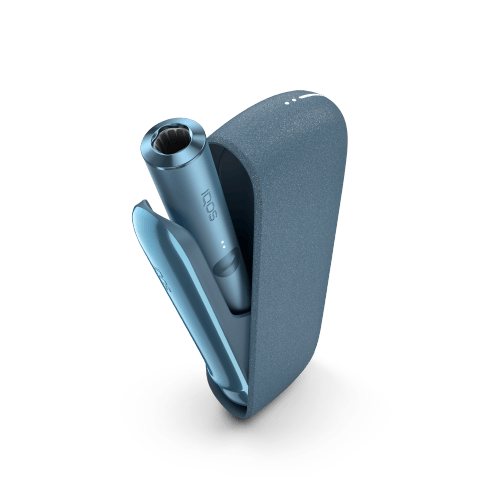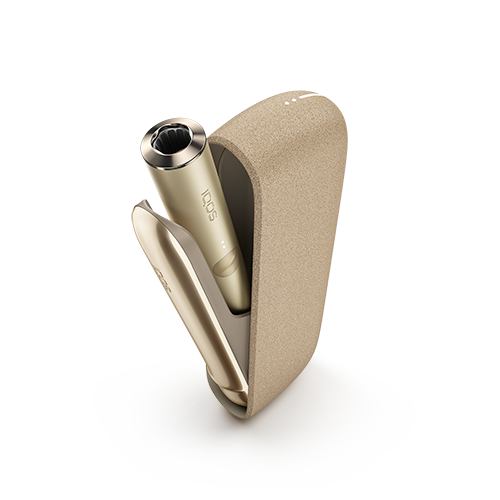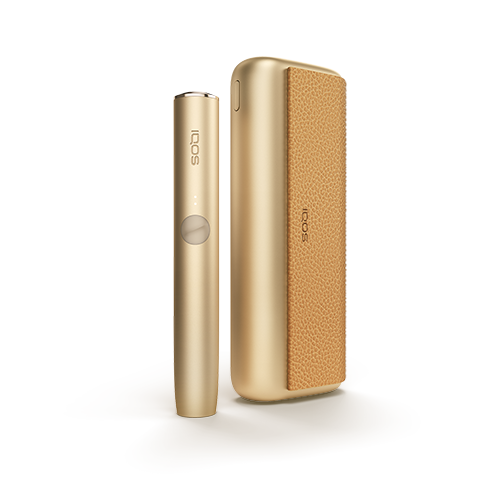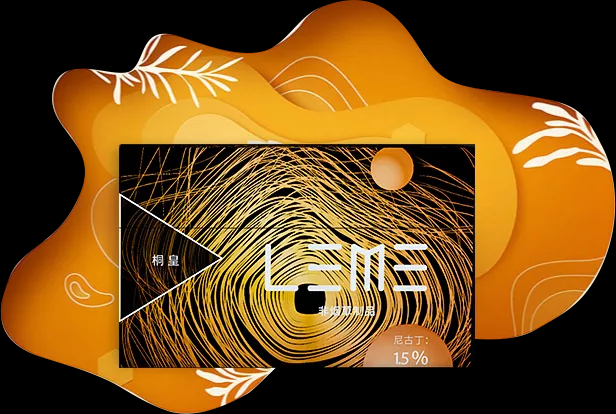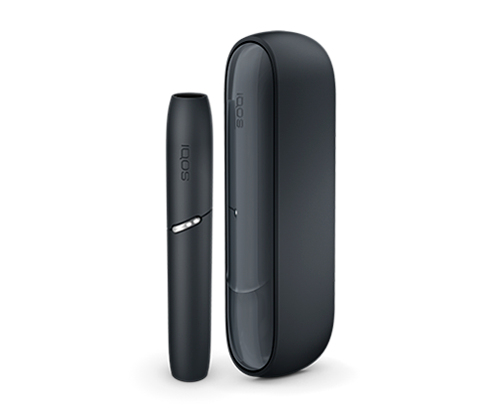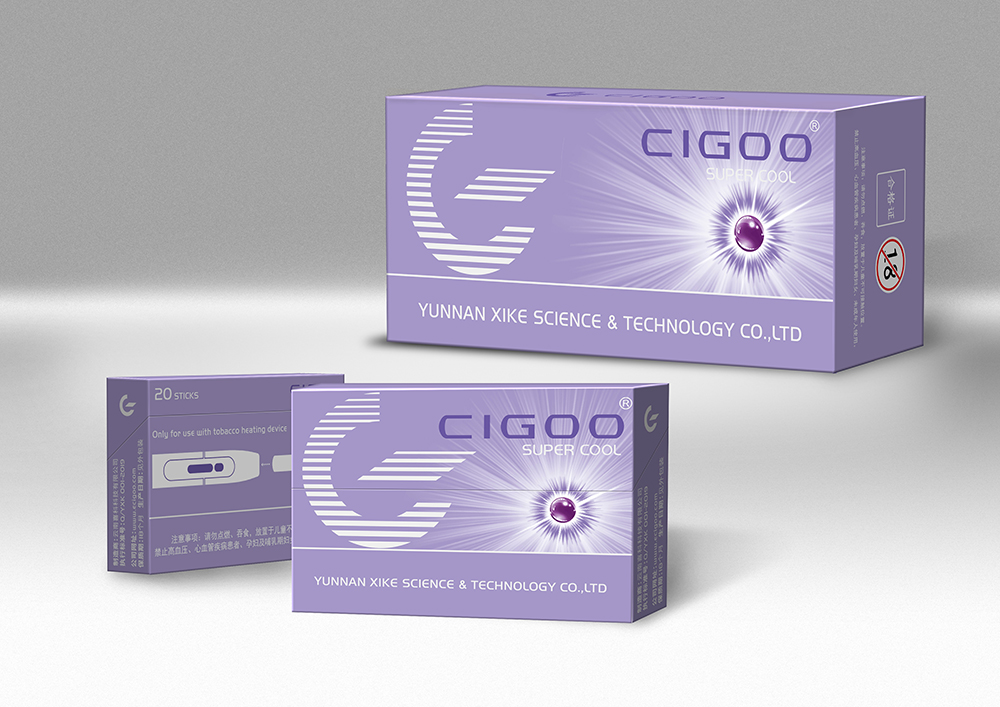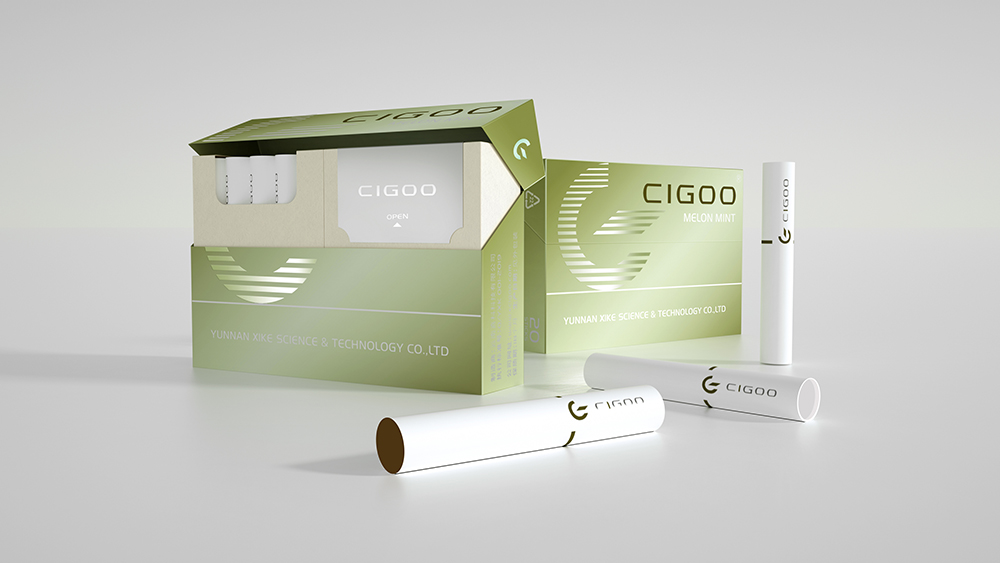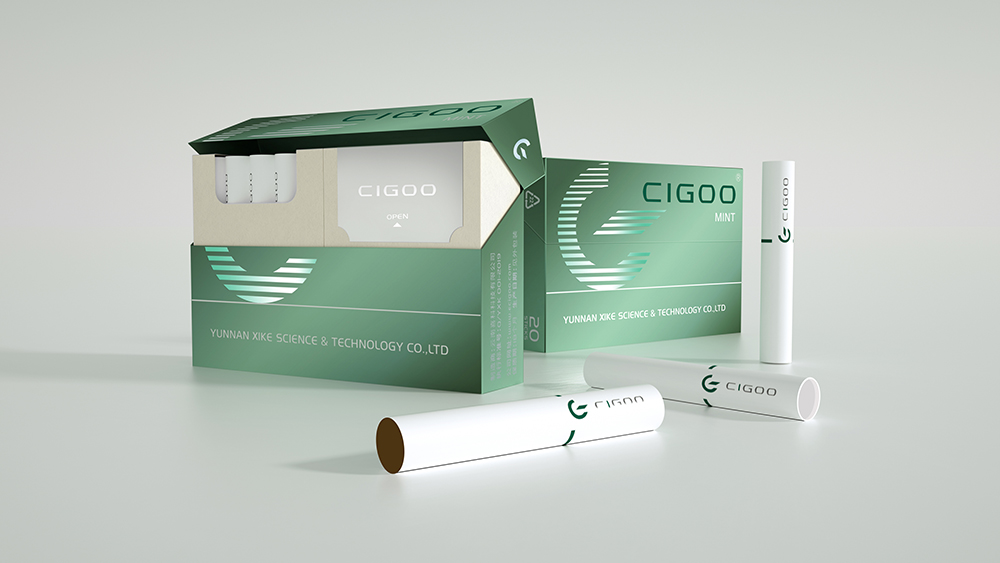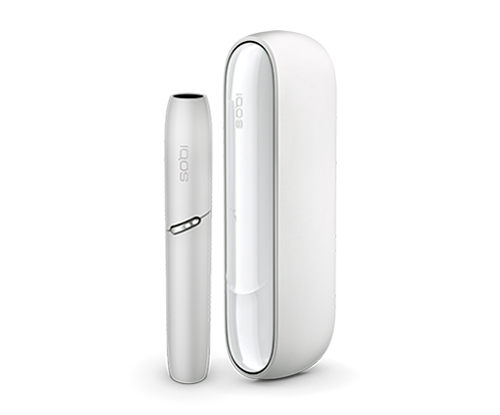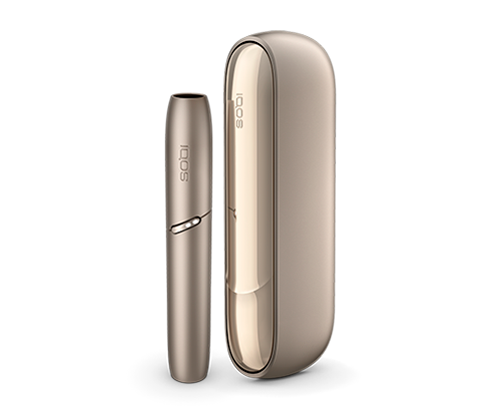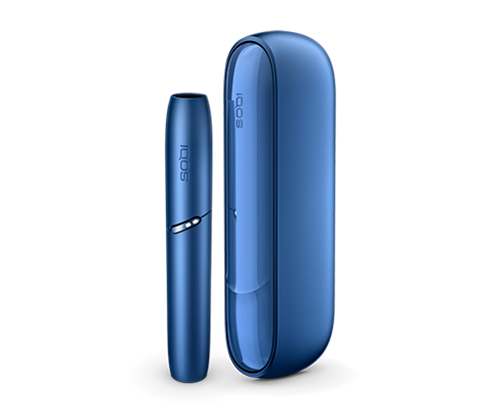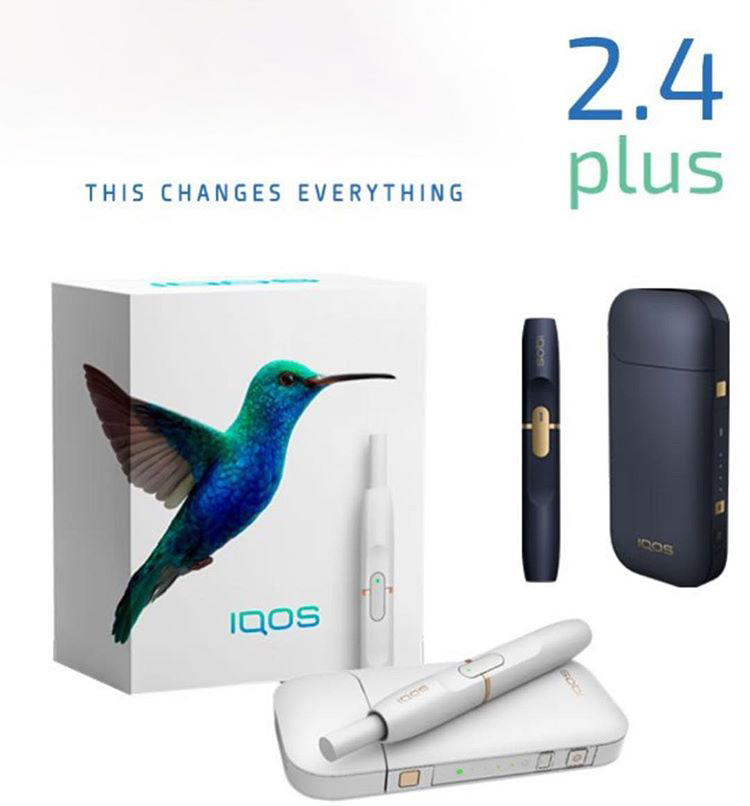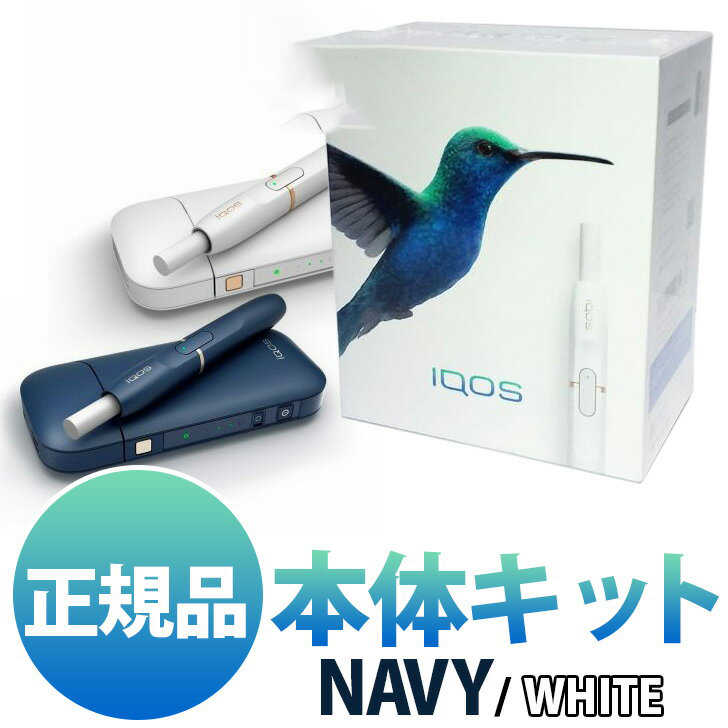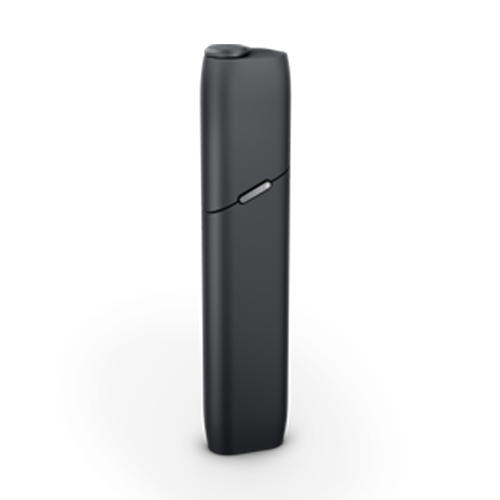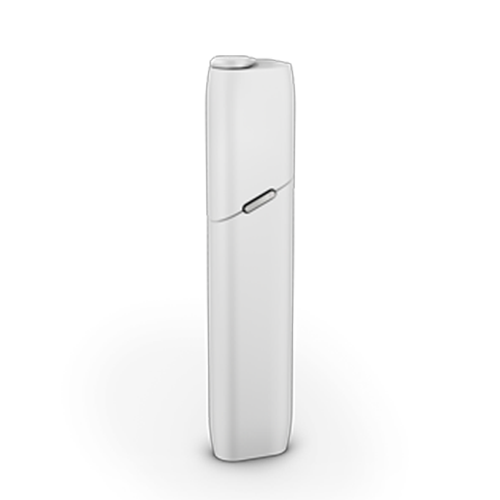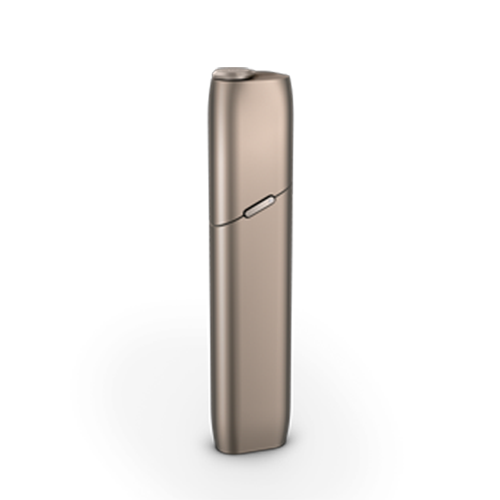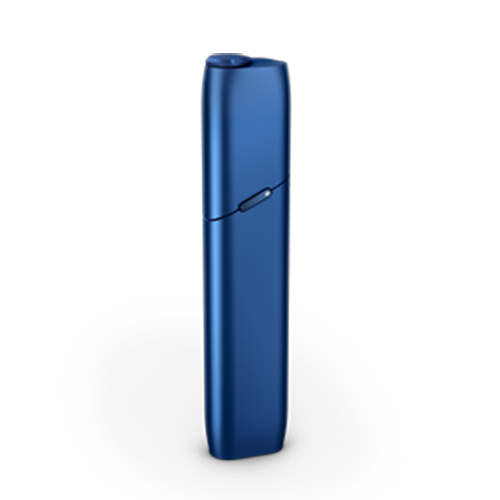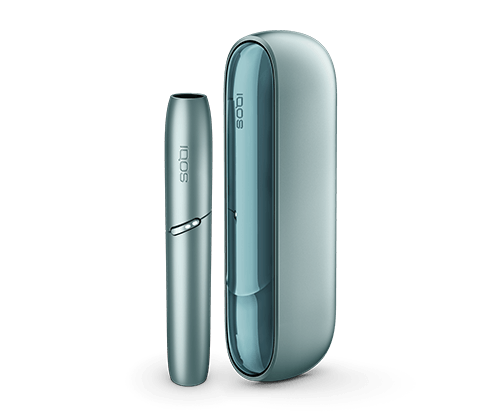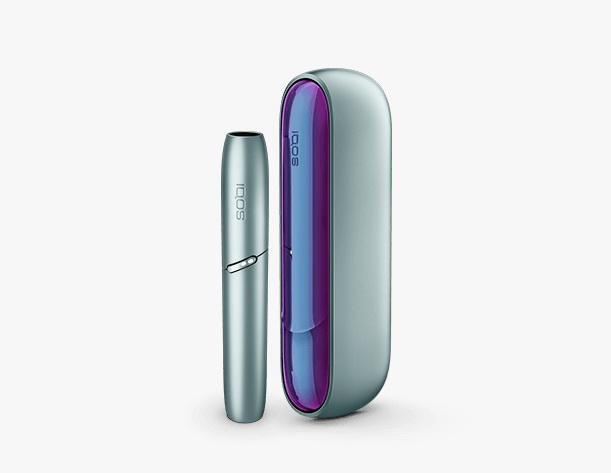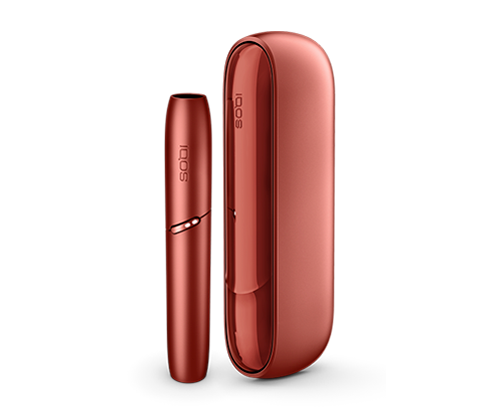Did you test positive for COVID-19?
If you tested positive for COVID-19 or have symptoms, regardless of vaccination status, you should stay home an isolate for five days.
如果你新冠呈阳性或出现症状,不论是是否打过疫苗,你都应该居家隔离五天。
He took that test on Thursday morning and got a positive PCR result. 他周四上午做了核酸检测,然后发现自己阳了。
I tested negative. 我是阴的。
I tested negative for COVID last night. 我昨晚测了,还阴着呢。
当然,如果你使用的是新冠抗原试剂盒,除了“阳了”和“阴着”,还有一种可能就是“无效”。
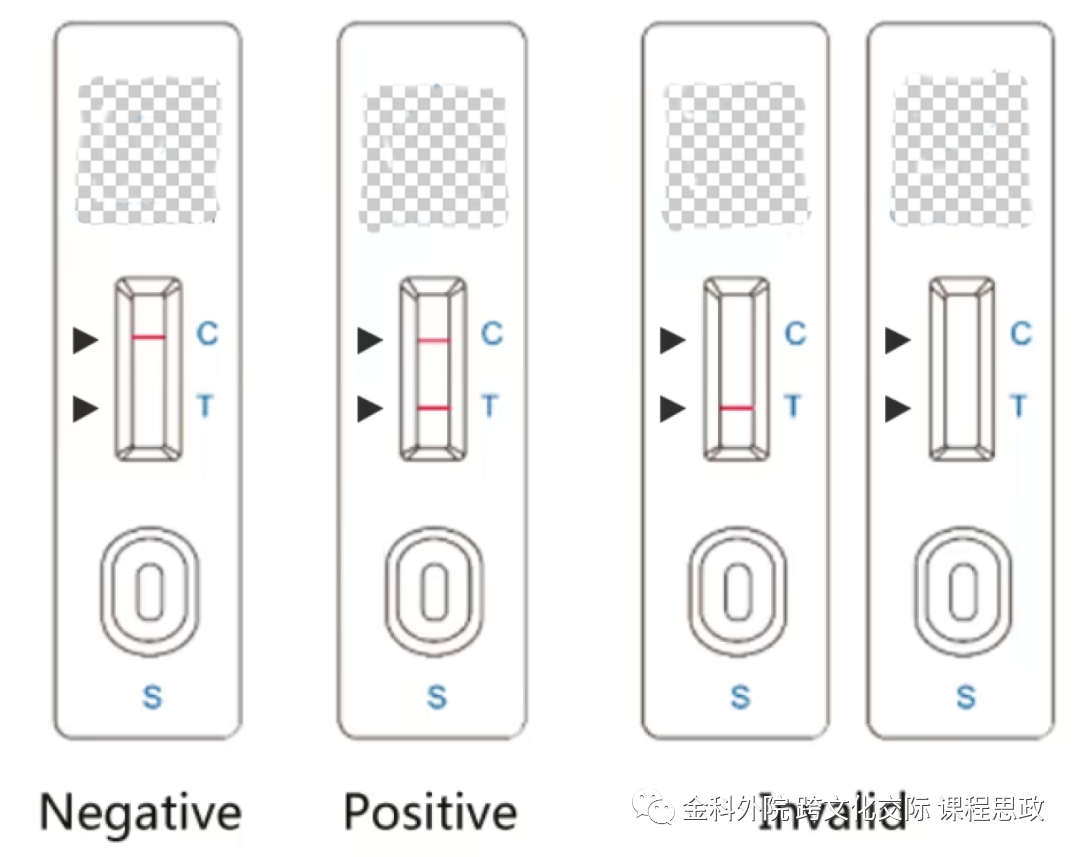
如果只在 C 这个地方出现一道红杠,则抗原阴性(negative);如果在 C 和 T 都出现了红杠,也就是出现了两道红杠,不管颜色深浅,则抗原阳性(positive);如果出现白板(未出现红杠),或只在 T 这里出现一道红杠,说明测试不成功、无效(invalid),要再测一次。
那么,抗原试剂盒上的“C”、“T”和“S”这三个英文字母分别代表哪个单词?又是什么意思呢?
① C=Control Line,即“控制线”。
② T=Test Line, 即“测试线”。
③ S=Sample Hole, 即“样本区”。
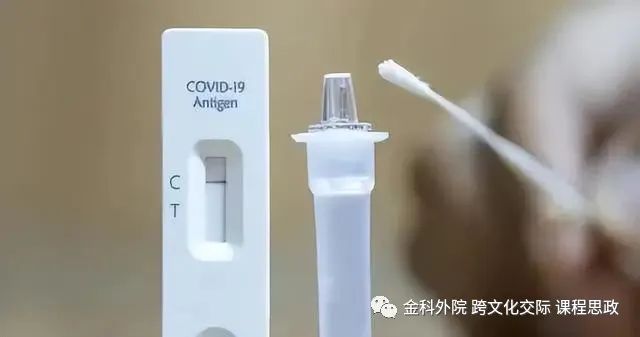
再来说说抗原试剂盒上的COVID-19 Antigen,这里的“Antigen”读作[ˈæntɪdʒən],意思就是“抗原”,所以抗原测试就是“COVID-19 Antigen Test”。
如果抗原试剂盒检测阳了也不要恐慌,没有症状或症状轻微时,居家隔离,并选择适当的药物进行治疗即可。例如出现发热、咳嗽等症状,可以对症用药。
下图是感染新冠后的可能症状,供大家参考:
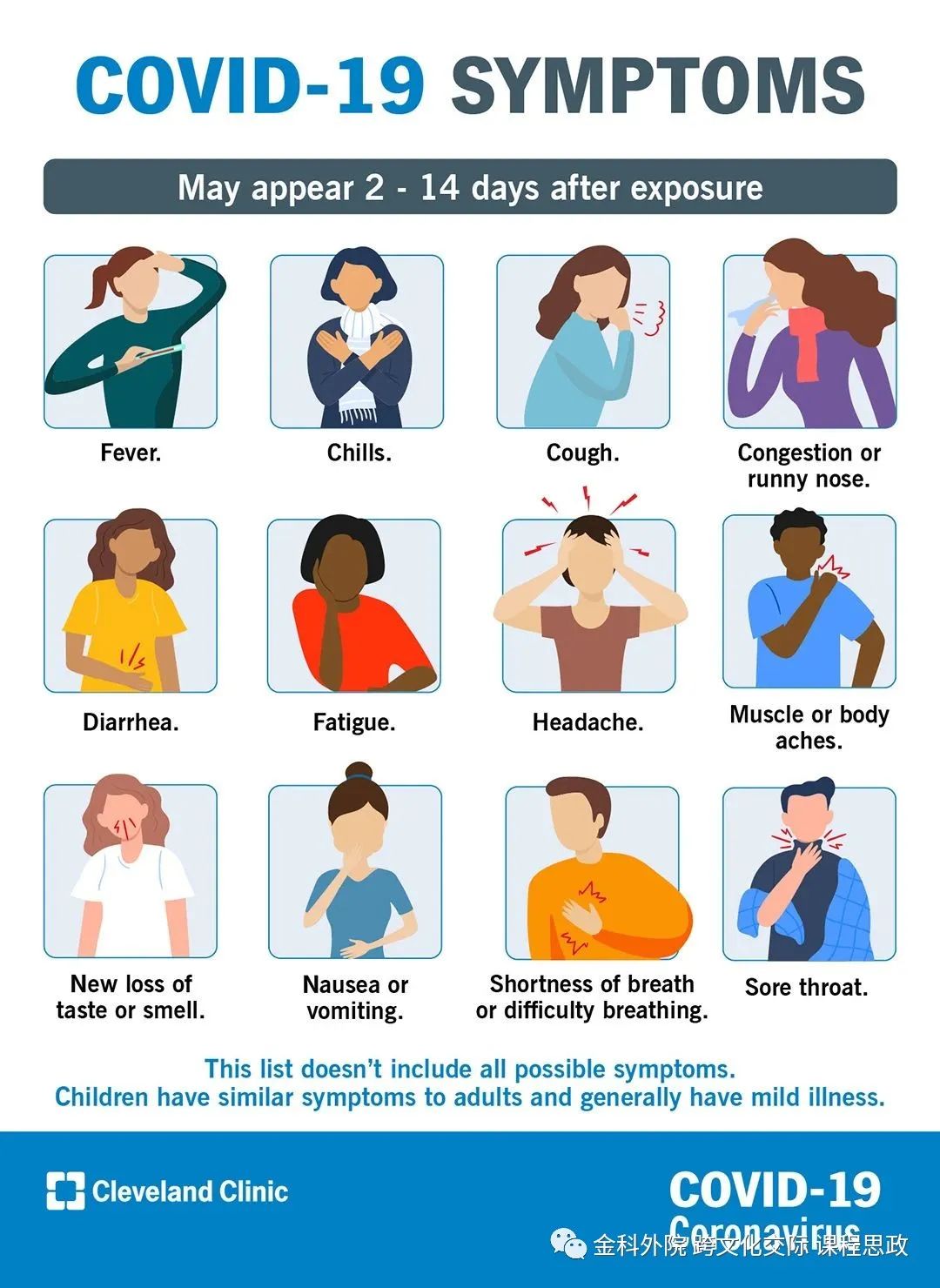
1. fever [ˈfiːvə(r)] 发烧
2. chills [tʃɪl] 发冷 tronest.cn
3. cough [kɒf] 咳嗽
4. congestion or runny nose
[kənˈdʒestʃən] 鼻塞或流涕
5. diarrhea [ˌdaɪəˈriə] 腹泻
6. fatigue [fəˈtiːɡ] 乏力
7. headache 头痛
8. muscle or body aches
肌肉或身体疼痛
9. new loss of taste or smell
味觉或嗅觉减退
10. nausea or vomitting
[ˈnɔ:ziə] [ˈvɔmitɪŋ] 恶心或呕吐
11. shortness of breath or
difficulty breathing
呼吸急促或困难
12. sore throat [sɔː(r)] 咽痛
除此之外,阳了之后还有一些禁忌大家一定要注意避免。

② Don't Overheat 不要过分保暖
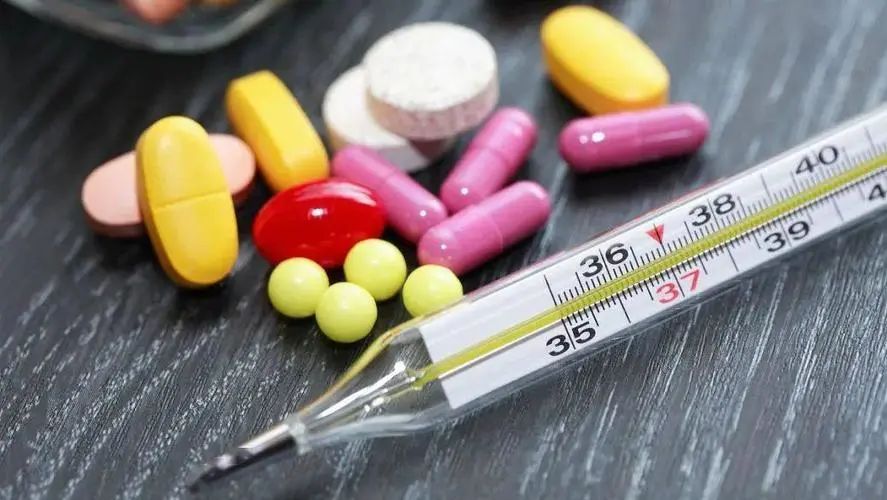
"Do not overdress or put yourself in a place that is too hot," says physician Dr. Dimitar Marinov. "This can disturb the thermoregulation of the body and make your fever worse."
内科医生迪米特尔·马里诺夫称:“不要穿得太厚,也不要呆在太热的地方,这会扰乱身体的体温调节,让发烧更严重。”
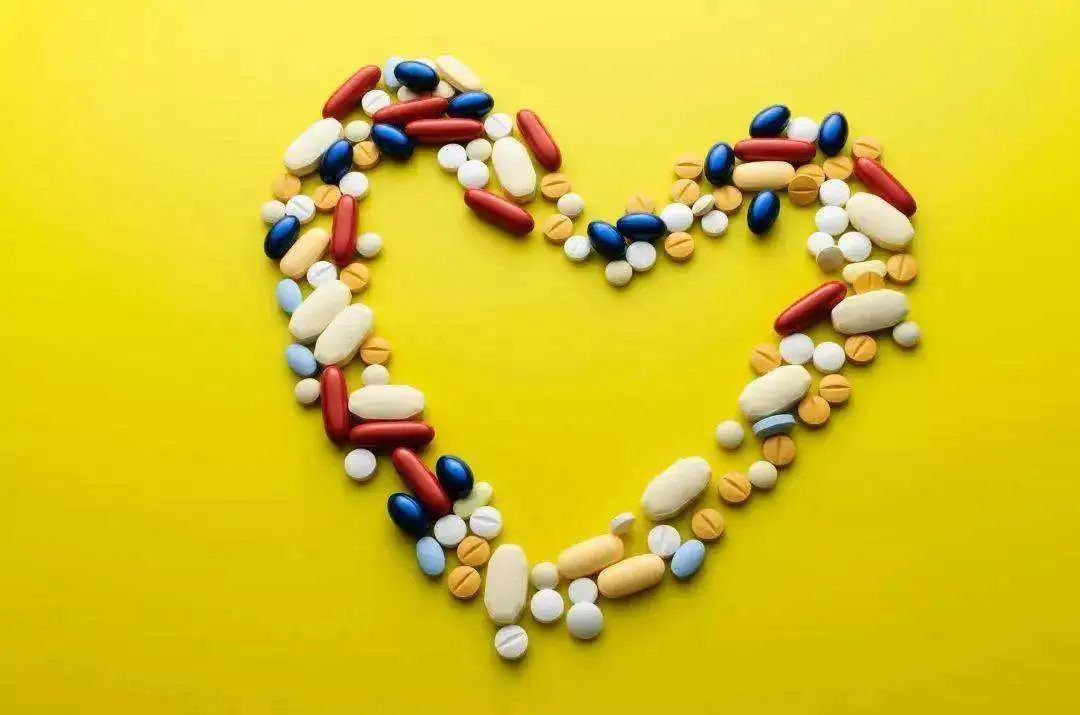

⑤ Don't Forget To Drink Water 记得喝水

"A fever will increase the respiratory rate, and therefore water loss, and sweating increases in order to lower the body temperature," says Ralph E. Holsworth, director of clinical and scientific research with Essentia Water. "Moreover, water intake is commonly decreased during a fever, which will ultimately aggravate dehydration."
Essentia Water临床和科学研究总监拉尔夫·E·霍尔斯沃思表示:“发烧会增加呼吸频率,从而导致身体水分流失,身体在调节体温时,出汗也会增多。此外,人们在发烧期间通常会减少水分摄入,这会加剧脱水。”
最后,我要说,网上能看到利用positive 和 patient 有双关含义来恶搞的双关梗:

"Be positive, be patient” has recently became a trending phrase on the Chinese internet as the number of people testing “positive" for COVID-19 is surging and more “patients” feel malaise with flu-like symptoms.
"positive"在医学场景意思是“阳性的”,但在生活中使用场景最多的意思是“积极的”,patient 既可以作名词表示“病人”,也可以作形容词表示“耐心的”。
但是更多人表达的是 Stay positive , stay patient!
The term, however, is also used by netizens to reflect their “patience” and “optimism” that China will weather the COVID-19 exit wave, as most people with mild symptoms chose to recover at home as suggested by the government to conserve valuable medical resources for vulnerable groups.
然而,网民们也用这个词来表达他们的“耐心”和“乐观”,即中国将度过新冠肺炎的退出浪潮,因为大多数症状轻微的人选择在家中康复,目的是为弱势群体保留宝贵的医疗资源。

表达拓展
本文来源:普特英语学习网、China Daily、大学云英语、语言生活研究

